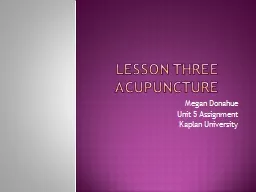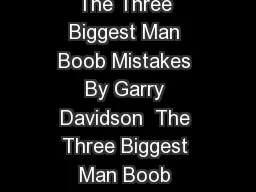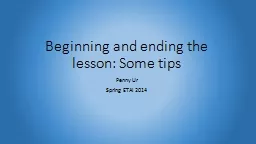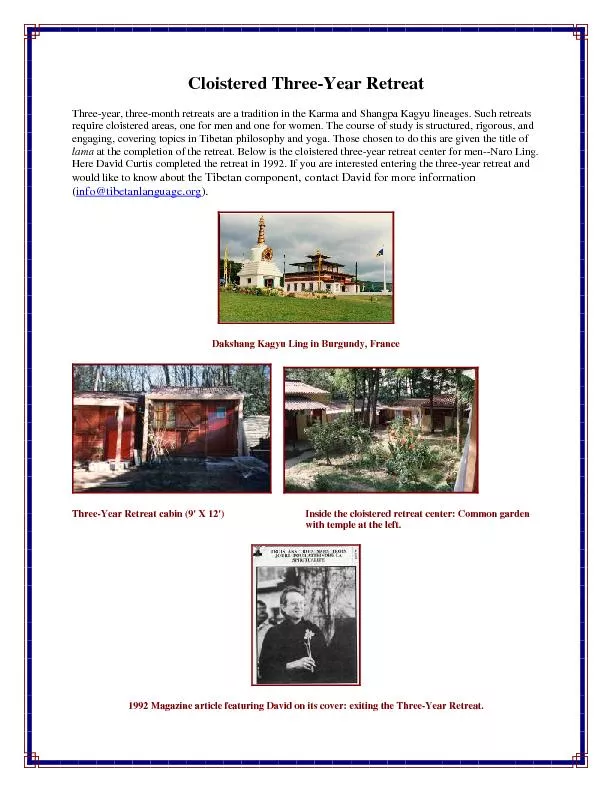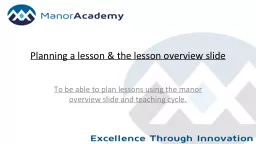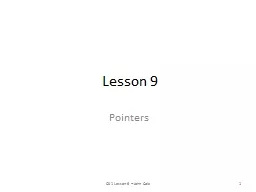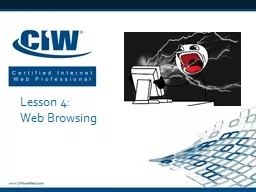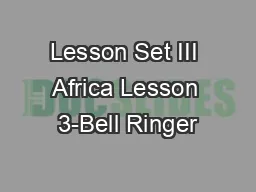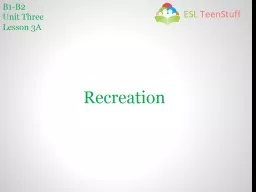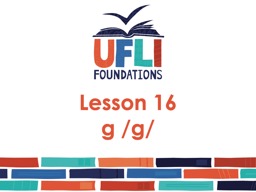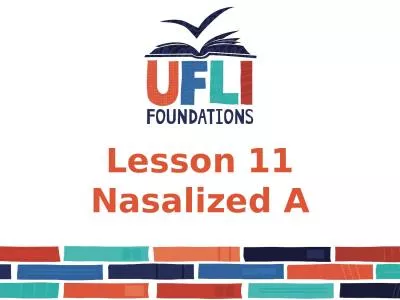PPT-LESSON THREE
Author : calandra-battersby | Published Date : 2016-06-24
ACUPUNCTURE Megan Donahue Unit 5 Assignment Kaplan University Reiki meditation 1015 minutes on sharing experiences on Reiki Mediation What are the charkras Did
Presentation Embed Code
Download Presentation
Download Presentation The PPT/PDF document "LESSON THREE" is the property of its rightful owner. Permission is granted to download and print the materials on this website for personal, non-commercial use only, and to display it on your personal computer provided you do not modify the materials and that you retain all copyright notices contained in the materials. By downloading content from our website, you accept the terms of this agreement.
LESSON THREE: Transcript
Download Rules Of Document
"LESSON THREE"The content belongs to its owner. You may download and print it for personal use, without modification, and keep all copyright notices. By downloading, you agree to these terms.
Related Documents

